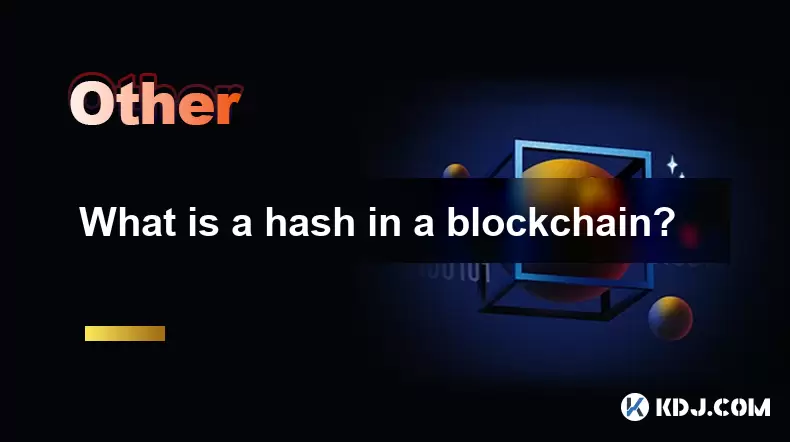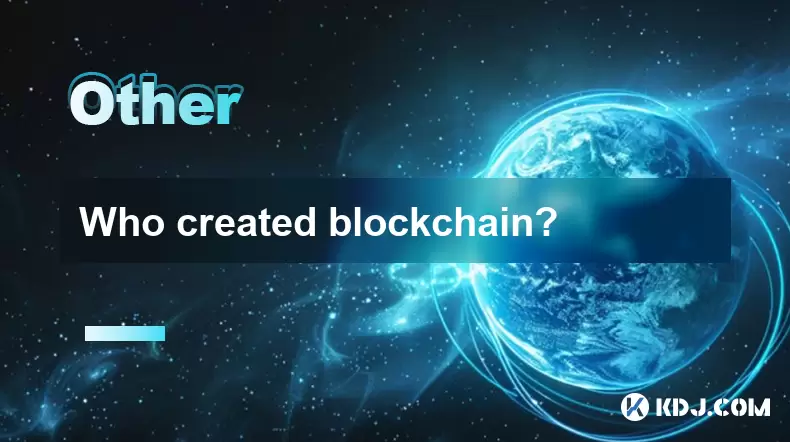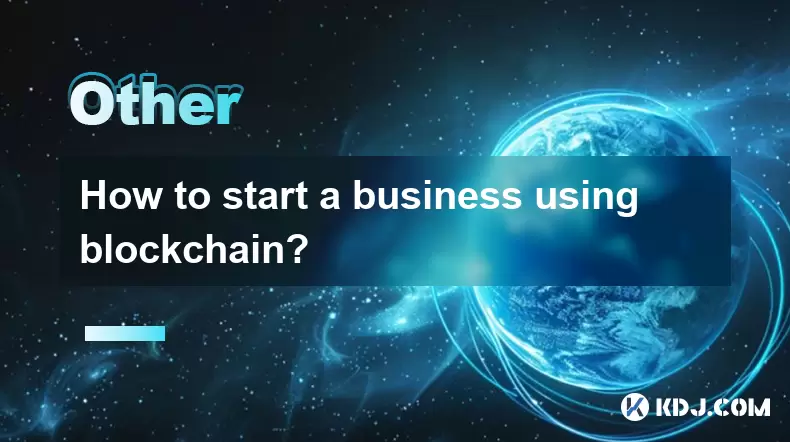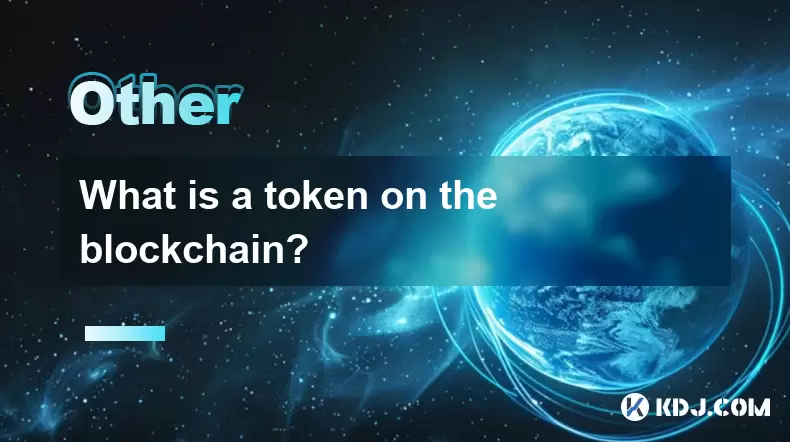-
 Bitcoin
Bitcoin $115200
-2.68% -
 Ethereum
Ethereum $3601
-5.16% -
 XRP
XRP $3.035
-2.96% -
 Tether USDt
Tether USDt $0.9997
-0.04% -
 BNB
BNB $764.5
-5.43% -
 Solana
Solana $168.1
-5.92% -
 USDC
USDC $0.9998
-0.02% -
 Dogecoin
Dogecoin $0.2090
-4.80% -
 TRON
TRON $0.3272
-0.49% -
 Cardano
Cardano $0.7306
-5.00% -
 Hyperliquid
Hyperliquid $39.16
-12.22% -
 Stellar
Stellar $0.3967
-4.96% -
 Sui
Sui $3.566
-5.95% -
 Chainlink
Chainlink $16.55
-6.57% -
 Bitcoin Cash
Bitcoin Cash $552.3
-3.90% -
 Hedera
Hedera $0.2516
-4.69% -
 Avalanche
Avalanche $21.99
-5.75% -
 Toncoin
Toncoin $3.621
-0.28% -
 Ethena USDe
Ethena USDe $1.000
-0.03% -
 UNUS SED LEO
UNUS SED LEO $8.951
0.02% -
 Litecoin
Litecoin $105.9
-3.59% -
 Shiba Inu
Shiba Inu $0.00001232
-5.00% -
 Polkadot
Polkadot $3.640
-5.55% -
 Uniswap
Uniswap $9.048
-7.03% -
 Monero
Monero $301.8
-1.51% -
 Dai
Dai $0.9999
-0.01% -
 Bitget Token
Bitget Token $4.334
-3.66% -
 Pepe
Pepe $0.00001064
-6.17% -
 Cronos
Cronos $0.1367
-5.78% -
 Aave
Aave $259.2
-4.59%
How does zero-knowledge proof achieve anonymous transactions?
ZKP enables anonymous crypto transactions by proving validity without revealing details, used in Zcash and Monero for enhanced privacy and security.
May 18, 2025 at 09:50 am

Zero-knowledge proof (ZKP) is a cryptographic method that allows one party to prove to another that a given statement is true, without conveying any additional information apart from the fact that the statement is indeed true. In the context of cryptocurrencies, ZKP plays a pivotal role in achieving anonymous transactions, which are essential for enhancing privacy and security. This article delves into how zero-knowledge proof achieves anonymous transactions, exploring the underlying mechanisms and their practical applications in the cryptocurrency space.
Understanding Zero-Knowledge Proofs
Zero-knowledge proofs are based on the concept of proving knowledge of a secret without revealing the secret itself. For instance, if Alice wants to prove to Bob that she knows the solution to a puzzle without revealing the solution, she can use a ZKP. The process involves several rounds of interaction where Alice demonstrates her knowledge indirectly, ensuring that Bob is convinced without learning any specifics about the solution.
In the realm of cryptocurrencies, this concept is applied to ensure that transaction details remain confidential. The primary goal is to allow users to validate transactions without disclosing the sender, recipient, or the amount transferred. This level of privacy is achieved through complex cryptographic protocols that leverage zero-knowledge proofs.
The Role of Zero-Knowledge Proofs in Cryptocurrencies
Cryptocurrencies like Zcash and Monero utilize zero-knowledge proofs to enable anonymous transactions. These cryptocurrencies employ different types of ZKPs, such as zk-SNARKs (Zero-Knowledge Succinct Non-Interactive Argument of Knowledge) and zk-STARKs (Zero-Knowledge Scalable Transparent Argument of Knowledge), to ensure that transactions are verifiable yet private.
In Zcash, for instance, zk-SNARKs are used to create shielded transactions. These transactions are encrypted, and only the parties involved can see the details. The network, however, can verify the validity of the transaction without accessing the actual transaction data. This means that while the network ensures that no invalid transactions are processed, the privacy of the users is maintained.
How Zero-Knowledge Proofs Enable Anonymous Transactions
To understand how zero-knowledge proofs enable anonymous transactions, let's break down the process into its core components:
Transaction Creation: When a user initiates a transaction, they create a proof that demonstrates the validity of the transaction without revealing any sensitive information. This proof is generated using the user's private keys and the transaction details.
Proof Verification: The proof is then submitted to the blockchain network. Other nodes on the network can verify the proof without needing to know the actual transaction details. This verification process ensures that the transaction adheres to the rules of the network, such as ensuring that the sender has the necessary funds.
Transaction Validation: Once the proof is verified, the transaction is considered valid and is added to the blockchain. The transaction details remain encrypted, ensuring that only the sender and recipient can access them.
Anonymity Preservation: Throughout this process, the identities of the sender and recipient, as well as the transaction amount, remain hidden from the public. This is achieved through the use of zero-knowledge proofs, which allow the network to validate transactions without compromising user privacy.
Practical Implementation of Zero-Knowledge Proofs
To illustrate how zero-knowledge proofs are implemented in practice, let's consider a hypothetical transaction on the Zcash network:
Initiate Transaction: A user, Alice, wants to send 1 ZEC to Bob. She creates a shielded transaction using her private keys and the transaction details.
Generate Proof: Alice generates a zk-SNARK proof that demonstrates she has the necessary funds and that the transaction is valid. This proof is created without revealing the transaction details.
Submit Proof: Alice submits the proof to the Zcash network. The proof is small in size and can be verified quickly by other nodes on the network.
Verify Proof: Nodes on the Zcash network verify the proof without accessing the transaction details. They confirm that the transaction is valid and that Alice has the necessary funds.
Add to Blockchain: Once the proof is verified, the transaction is added to the blockchain. The transaction details remain encrypted, ensuring that only Alice and Bob can see them.
Maintain Anonymity: Throughout this process, the identities of Alice and Bob, as well as the transaction amount, remain hidden from the public. This ensures that the transaction is anonymous and private.
Challenges and Considerations
While zero-knowledge proofs offer significant benefits in terms of privacy and security, they also come with certain challenges. The generation and verification of ZKPs can be computationally intensive, requiring significant resources. Additionally, the complexity of these proofs can make them difficult to implement and maintain.
However, ongoing research and development in the field of zero-knowledge proofs are addressing these challenges. For instance, zk-STARKs offer a more scalable and transparent alternative to zk-SNARKs, potentially making ZKPs more accessible and efficient for widespread use in cryptocurrencies.
Frequently Asked Questions
Q: Can zero-knowledge proofs be used for purposes other than anonymous transactions in cryptocurrencies?
A: Yes, zero-knowledge proofs have applications beyond anonymous transactions in cryptocurrencies. They can be used for identity verification, secure voting systems, and even in proving the correctness of computations without revealing the underlying data.
Q: Are there any cryptocurrencies that do not use zero-knowledge proofs for anonymous transactions?
A: Yes, some cryptocurrencies achieve anonymity through other means, such as ring signatures used in Monero. Ring signatures allow a group of users to sign a transaction, making it difficult to determine which user actually initiated the transaction.
Q: How do zero-knowledge proofs impact the scalability of a blockchain network?
A: Zero-knowledge proofs can impact scalability due to their computational complexity. However, advancements like zk-STARKs are designed to be more scalable, potentially mitigating these concerns and allowing for more efficient processing of transactions on the blockchain.
Q: Is it possible to combine zero-knowledge proofs with other privacy-enhancing technologies in cryptocurrencies?
A: Yes, it is possible to combine zero-knowledge proofs with other privacy-enhancing technologies, such as mixers or tumblers, to further enhance the anonymity of transactions. This combination can provide multiple layers of privacy, making it even more difficult to trace transactions on the blockchain.
Disclaimer:info@kdj.com
The information provided is not trading advice. kdj.com does not assume any responsibility for any investments made based on the information provided in this article. Cryptocurrencies are highly volatile and it is highly recommended that you invest with caution after thorough research!
If you believe that the content used on this website infringes your copyright, please contact us immediately (info@kdj.com) and we will delete it promptly.
- Cardano Price, Pi Network, and Crypto Presales: What's the Buzz?
- 2025-08-02 08:50:12
- XRP Fund Success: Teucrium CEO Reveals Trillions on the Horizon
- 2025-08-02 09:10:12
- Challenge Coins: More Than Just Collectibles – A Military Tradition
- 2025-08-02 08:30:12
- Under the Radar: Hunting for 100x Crypto Gems in a Pi Network World
- 2025-08-02 08:30:12
- Bitcoin, Solana, and Altcoin Season: What's Hot and What's Not?
- 2025-08-02 07:10:12
- Toncoin, Rollblock, and the Token Offering Landscape: A New York Minute
- 2025-08-02 07:10:12
Related knowledge

What is the difference between a blockchain and a database?
Aug 01,2025 at 09:36pm
Understanding the Core Structure of a BlockchainA blockchain is a decentralized digital ledger that records data in a series of immutable blocks linke...

What is a hash in a blockchain?
Aug 02,2025 at 05:28am
Understanding the Concept of Hash in BlockchainA hash in the context of blockchain technology refers to a unique digital fingerprint generated by a cr...

What is a hash in a blockchain?
Aug 02,2025 at 04:43am
Understanding the Concept of Hash in BlockchainA hash in the context of blockchain technology refers to a unique digital fingerprint generated by a cr...

Who created blockchain?
Aug 02,2025 at 05:15am
What Is Blockchain and Why Does Its Origin Matter?Understanding who created blockchain begins with recognizing what blockchain actually is. Blockchain...

How to start a business using blockchain?
Jul 28,2025 at 12:36am
Understanding the Basics of Blockchain TechnologyBefore diving into the process of starting a business using blockchain, it's crucial to understand wh...

What is a token on the blockchain?
Jul 21,2025 at 07:00am
Understanding the Concept of a TokenIn the realm of blockchain technology, a token is a digital representation of an asset or utility that exists on a...

What is the difference between a blockchain and a database?
Aug 01,2025 at 09:36pm
Understanding the Core Structure of a BlockchainA blockchain is a decentralized digital ledger that records data in a series of immutable blocks linke...

What is a hash in a blockchain?
Aug 02,2025 at 05:28am
Understanding the Concept of Hash in BlockchainA hash in the context of blockchain technology refers to a unique digital fingerprint generated by a cr...

What is a hash in a blockchain?
Aug 02,2025 at 04:43am
Understanding the Concept of Hash in BlockchainA hash in the context of blockchain technology refers to a unique digital fingerprint generated by a cr...

Who created blockchain?
Aug 02,2025 at 05:15am
What Is Blockchain and Why Does Its Origin Matter?Understanding who created blockchain begins with recognizing what blockchain actually is. Blockchain...

How to start a business using blockchain?
Jul 28,2025 at 12:36am
Understanding the Basics of Blockchain TechnologyBefore diving into the process of starting a business using blockchain, it's crucial to understand wh...

What is a token on the blockchain?
Jul 21,2025 at 07:00am
Understanding the Concept of a TokenIn the realm of blockchain technology, a token is a digital representation of an asset or utility that exists on a...
See all articles

























































































